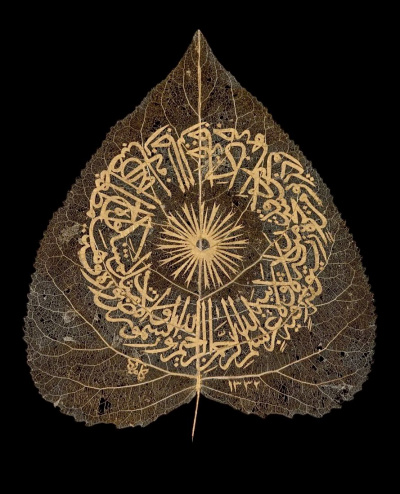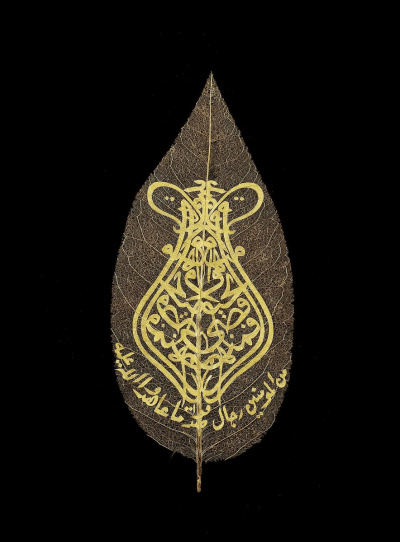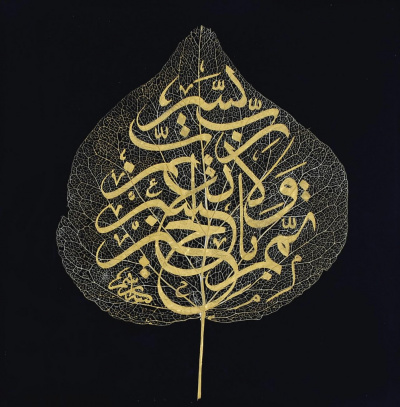The study of Islamic calligraphy is ‘almost inexhaustible, taking into account different types of Arabic script and spread of Islamic culture’ across the Arabian peninsula, in Persia, Africa, the Middle East and the Ottoman Empire. This is the beginning of the book ‘Calligraphy and Islamic Culture’ by German-born Harvard professor Annemarie Schimmel. The first calligraphic script, called ‘Hijazi’, allegedly originated in the Hijaz region, birthplace of the Prophet Muhammad himself. Another calligraphic script, so-called ‘Kufi’, developed and flourished in the Abbasid Baghdad.

Despite the long and venerable history of calligraphy in the Islamic world, there is a good reason to claim that the Quran was ‘sent down in Mecca, read in Egypt and written in Istanbul’. The Ottomans perfected Arabic calligraphy to the highest degree, taking this art into ‘the golden age’.

Beautiful, though complex, angular Kufi script eventually gave way to the more cursive, legible and rounded Naskh script, thereby transferring Kufi to the realm of ornamentation. Derived from the verb ‘nasakh’ – to copy, this script became more frequently used in administrative documents and transcription of books. Renowned master of calligraphy Ibn Muqla (855-941) standardized the system of writing in his ‘Al-Khatt Al-Mansub’, which gave guidelines that allowed letters to be used in any given form, Thus, Ibn Muqla was famous for codifying and standardizing the six major scripts in Arabic calligraphy, which included Naskh, Thuluth, Muhaqqaq, Tawqi, Reqaa and Reyhan. This system was further developed by master-calligrapher Ibn Al-Bawwab (d.1022) who became famous for transcribing the first complete text of the Quran onto the paper.
Ottoman calligraphers adopted the six styles of the Abbasid calligrapher, Ibn Muqla, and took them to new heights of beauty and elegance. One of the peaks of this refinement can be seen here, in these carefully preserved dead leaves covered in golden Arabic script.

It goes without saying that this particular application of dried leaves in calligraphy is ‘a difficult and delicate task’, according to a note on one of such leaves at Singapore’s Museum of Asian Civilization:
‘A leaf has to be dried and pulp delicately removed to leave a skeletal sheath. Composition stencil is placed behind the leaf and golden ink with gum arabic is applied over it’.
The art of creating calligraphy from dried leaf was most widely disseminated in Ottoman Turkey in the XIX century. During that period, Ottoman calligraphers were interested in creating compositions in the form of fruits, animals and inanimate objects, such as ships and houses.
The photo examples in the article are taken from Bayt Al Fann’s twitter – a team of artists ‘exploring art, culture and inspired by Islamic traditions’.
GSV "Russia - Islamic world"
Photo: Bayt Al Fann Fann, a collective of artists "exploring art, culture and inspired by Islamic traditions."
